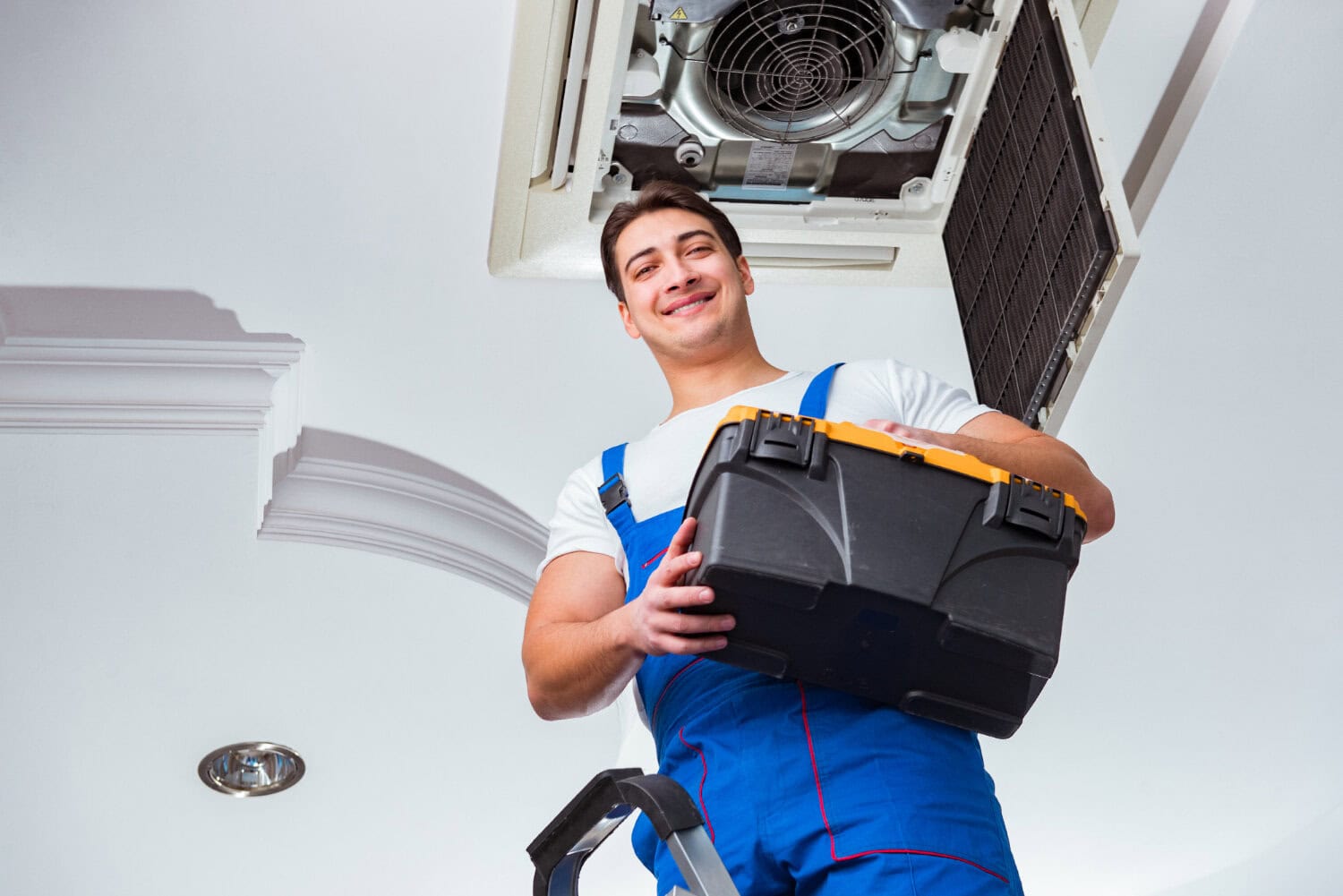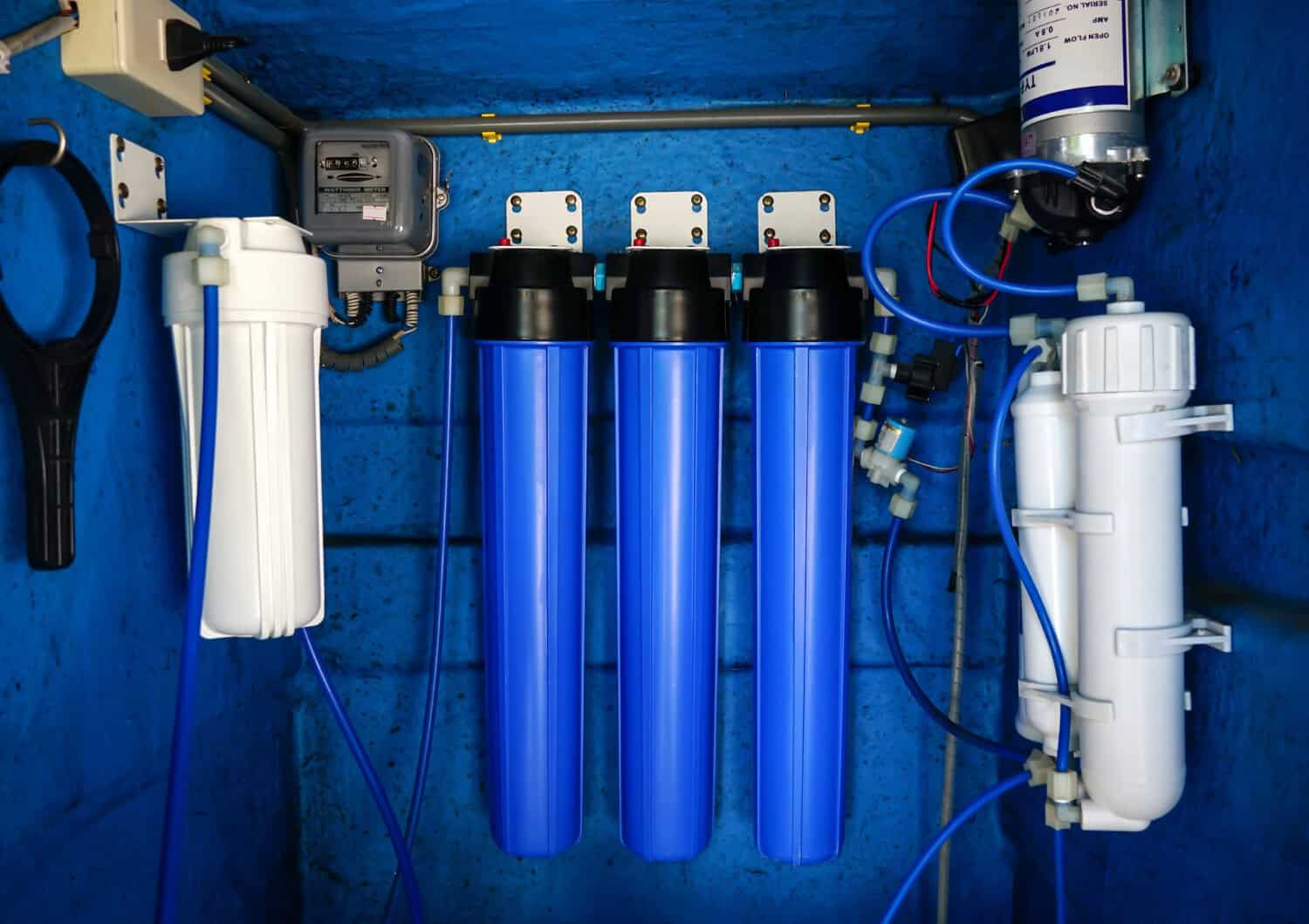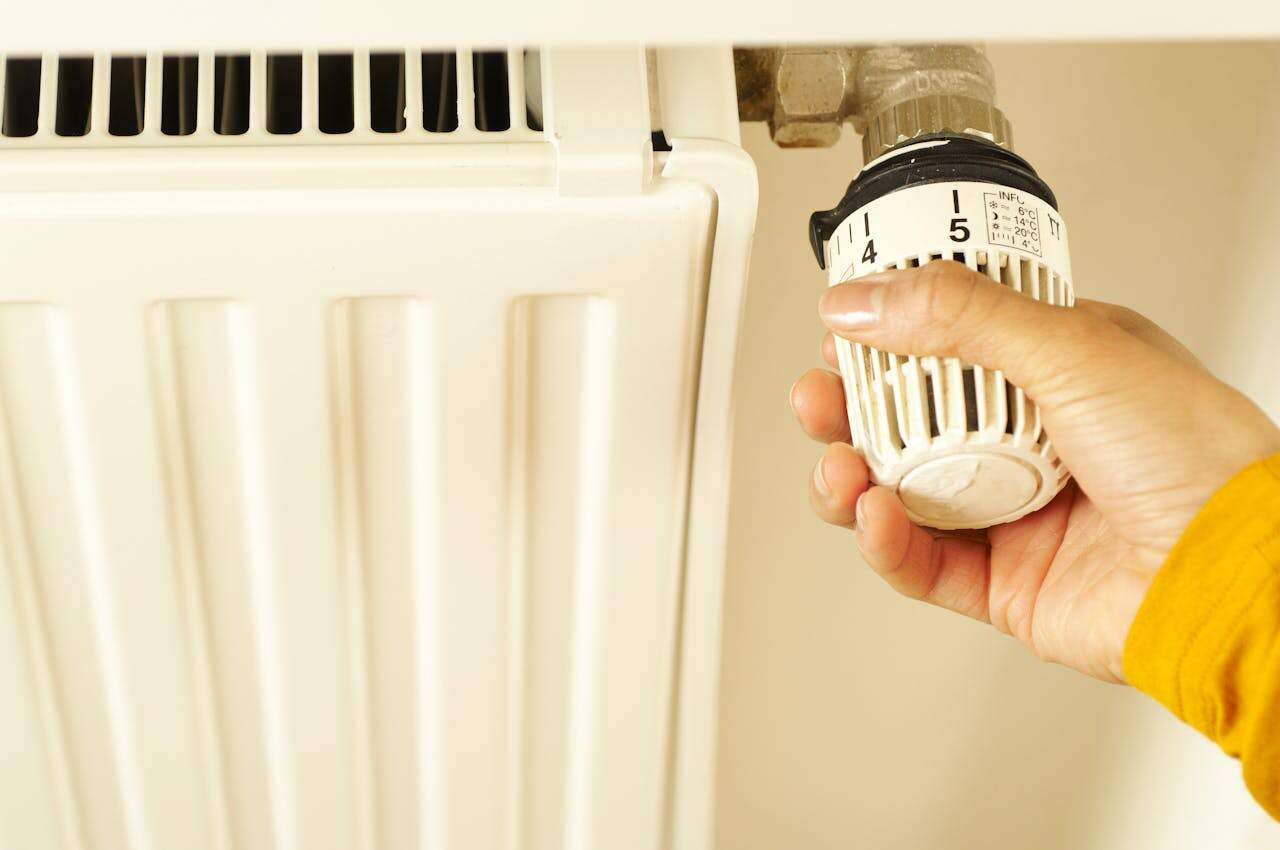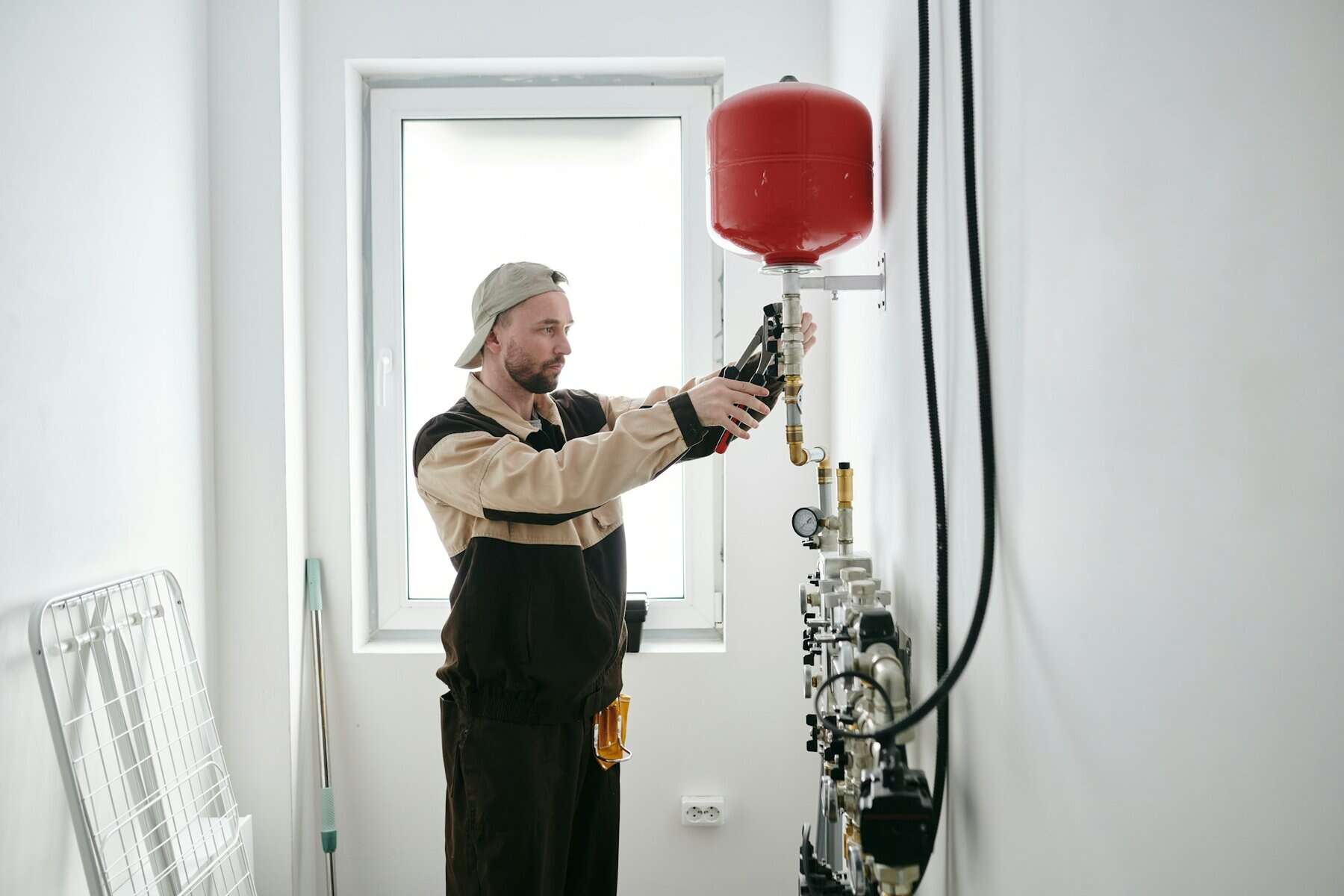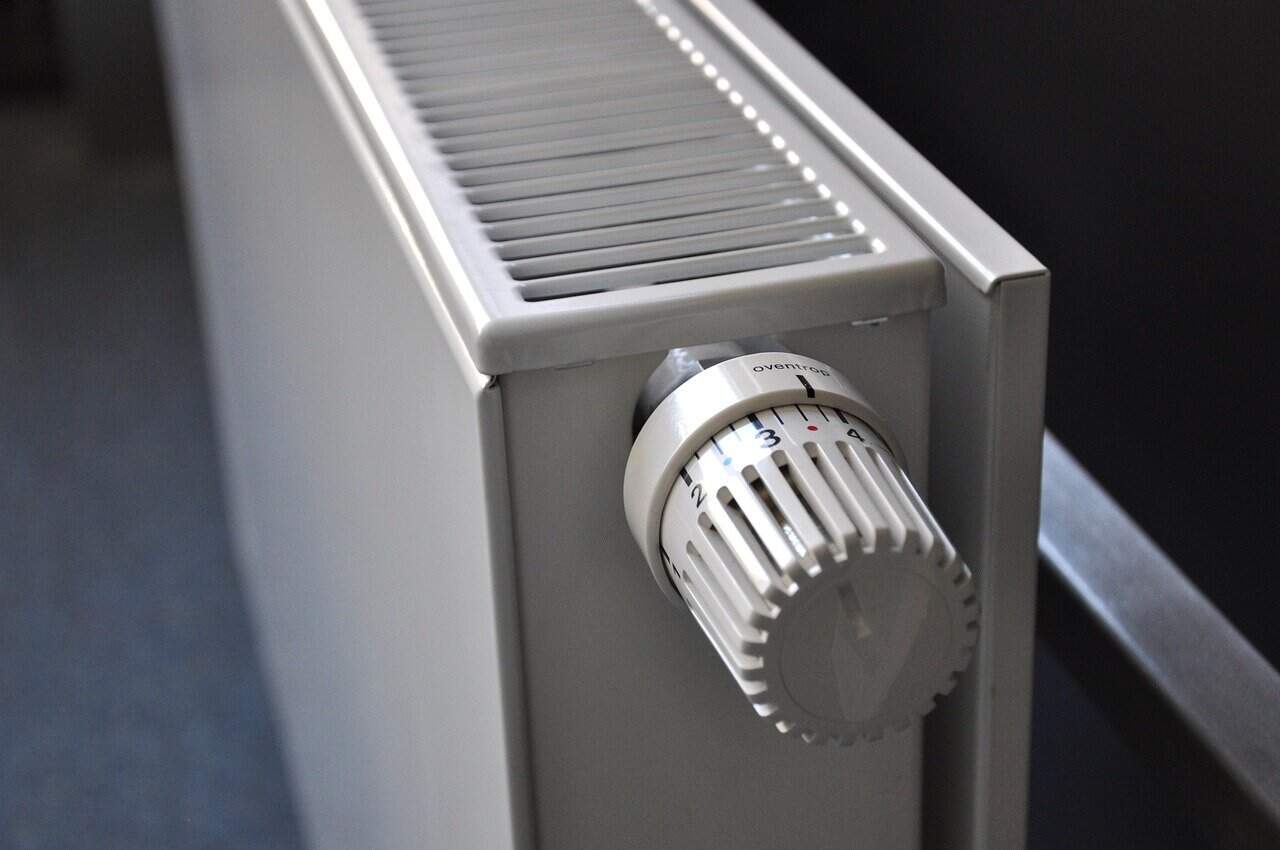Keeping the air inside your home clean and fresh is crucial for a healthy living environment. However, achieving and maintaining good air quality can sometimes be tricky, especially if you face common air purification issues. Whether it’s reduced airflow, persistent noise, or ineffective filters, these problems can impact how well your air purifier works.
Identifying Air Purification Challenges
Many homeowners face common air purification issues that can hinder the effectiveness of their systems. Reduced airflow is a frequent problem that often results from clogged filters or obstructed vents. When the air can’t circulate properly, your purifier has trouble cleaning your home’s air, making it less efficient.
Noise concerns are another issue people encounter. Air purifiers usually make some sound, but excessive noise can indicate a mechanical problem or an improperly positioned unit. It’s important to check if something is blocking the fan or if parts are loose, as these can increase noise levels and cause unnecessary wear.
Detecting problems affecting air quality means noticing things like increased dust, lingering odors, or allergy flares. These signs suggest your purifier isn’t working effectively. Identifying early indications can prevent bigger issues later on. Regular testing of the device’s functions ensures consistent performance.
Incorrect filter installation or delayed replacement can drastically impact air purification. A filter positioned incorrectly won’t capture particles efficiently, and an old, saturated filter won’t clean the air well. Ensure filters fit properly and always check the manufacturer’s guidelines for replacement schedules. Keeping track of installation dates and regular checks helps maintain air quality.
Recognizing these air purification challenges allows you to address them before they escalate, keeping your home healthier and more comfortable.
Analyzing Filter Performance and Options
Choosing the right filter and maintaining it correctly are crucial for effective air purification. There are various filters to consider, each suited to specific needs. HEPA filters are popular as they capture tiny particles like pollen and dust mites. For those prioritizing odors and gases, activated carbon filters are more effective.
Understanding how frequently to change your air filter is essential to keep your purifier running efficiently. Most manufacturers recommend changing filters every 3 to 6 months, depending on pollution levels and usage. Regular changes prevent clogs and ensure the purifier can operate at its best, reducing the load on its components.
Signs of ineffective filters include persistent dust, unusual smells, and frequent allergic reactions among family members. These indicators suggest that your filter isn’t capturing pollutants efficiently, which can compromise indoor air quality. If you notice that rooms are still dusty soon after cleaning, it may be time to evaluate your current filters’ performance and consider replacement.
When evaluating filter options, it’s important to match the type to your specific air quality concerns. If you live in an area with high pollen levels, a filter designed to capture these allergens would be beneficial. Understanding these variations ensures you choose the best filter for your needs, maintaining cleaner, fresher air inside your home. Properly maintained filters keep your purifier functional and extend the device’s overall lifespan.
Troubleshooting Air Purifier Malfunctions
Air purifiers sometimes develop malfunctions that can affect their performance. Common issues include the unit not turning on, decreased airflow, or unexpected shutdowns. To address these safely, start by checking the power source and ensuring the unit is plugged in properly. If the purifier isn’t running, inspect the power cord for any visible damage.
Regular cleaning and maintenance are crucial to keep your air purifier in optimal condition. Dust and debris can accumulate on filters and fans, hindering their effectiveness. Cleaning schedules can vary, but it’s generally recommended to clean parts every month and replace filters as recommended by the manufacturer.
Resetting and recalibrating your air purifier can often resolve issues related to malfunctioning. Follow the user manual instructions to reset the device, allowing it to recalibrate its sensors and settings. This process can clear minor errors and improve performance without the need for professional help.
Being proactive about maintenance and addressing malfunctions promptly ensures your air purifier effectively enhances your home’s air quality. Regular checks and cleaning can prevent major issues and extend the lifespan of your device, providing continual air cleansing benefits.
Enhancing Air Quality with Additional Techniques
Besides relying solely on air purifiers, you can adopt complementary strategies to boost indoor air quality. For natural purification, consider adding houseplants like spider plants or peace lilies, which improve air by reducing certain pollutants.
Controlling humidity levels is another crucial aspect. Excess humidity can make the air feel musty and encourage mold growth. Dehumidifiers help maintain ideal moisture levels, complementing your air purifier’s function by stopping unwanted airborne particles from thriving.
Using sensors and monitors can help track changes in air quality. These devices alert you when the air quality dips below a desired level, providing real-time information about what adjustments may be necessary. With these insights, you can make timely changes to your living environment, ensuring consistent air purity.
These additional techniques work alongside your air purifier to maintain an optimal indoor environment. No single solution fits all problems, but a combination of methods can effectively tackle air quality challenges.
Key Takeaways for Optimizing Your HVAC System Maintenance and ComfortConclusion
Ensuring clean and healthy air in your home involves understanding and addressing common air purification issues. By identifying airflow problems, maintaining your filters, and troubleshooting malfunctions, you significantly contribute to a healthier living space. Embracing additional techniques further enhances your home’s atmosphere, giving you better control over indoor air quality.
Breathe easier and enjoy a more comfortable home this season by consulting with experts. At My Jockey, we offer comprehensive solutions to all air purification and HVAC needs. Whether it’s maintenance, repairs, or installations, our professional team is ready to help you achieve the healthiest indoor environment possible. Reach out to us today and ensure the air in your home is always fresh and clean!


